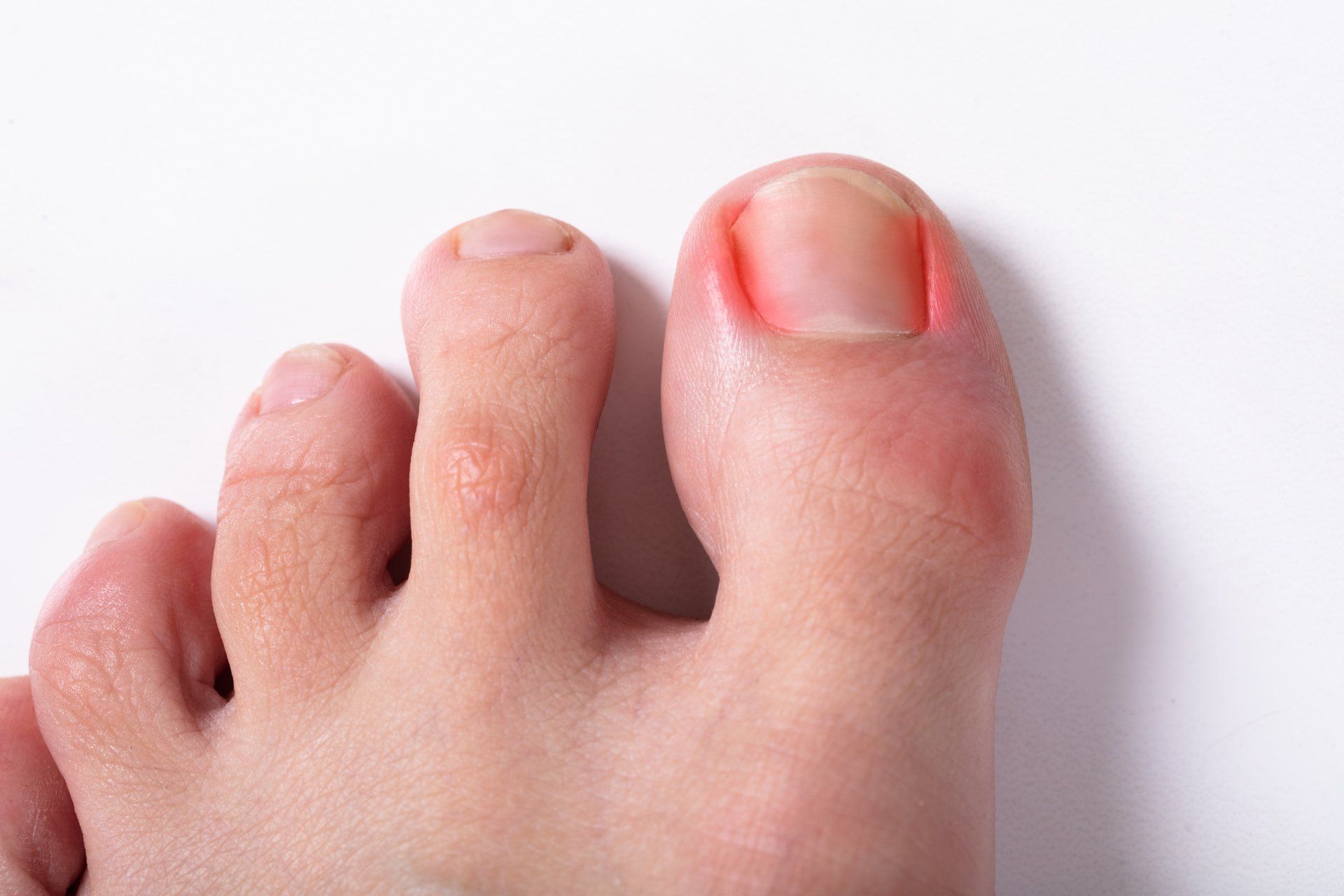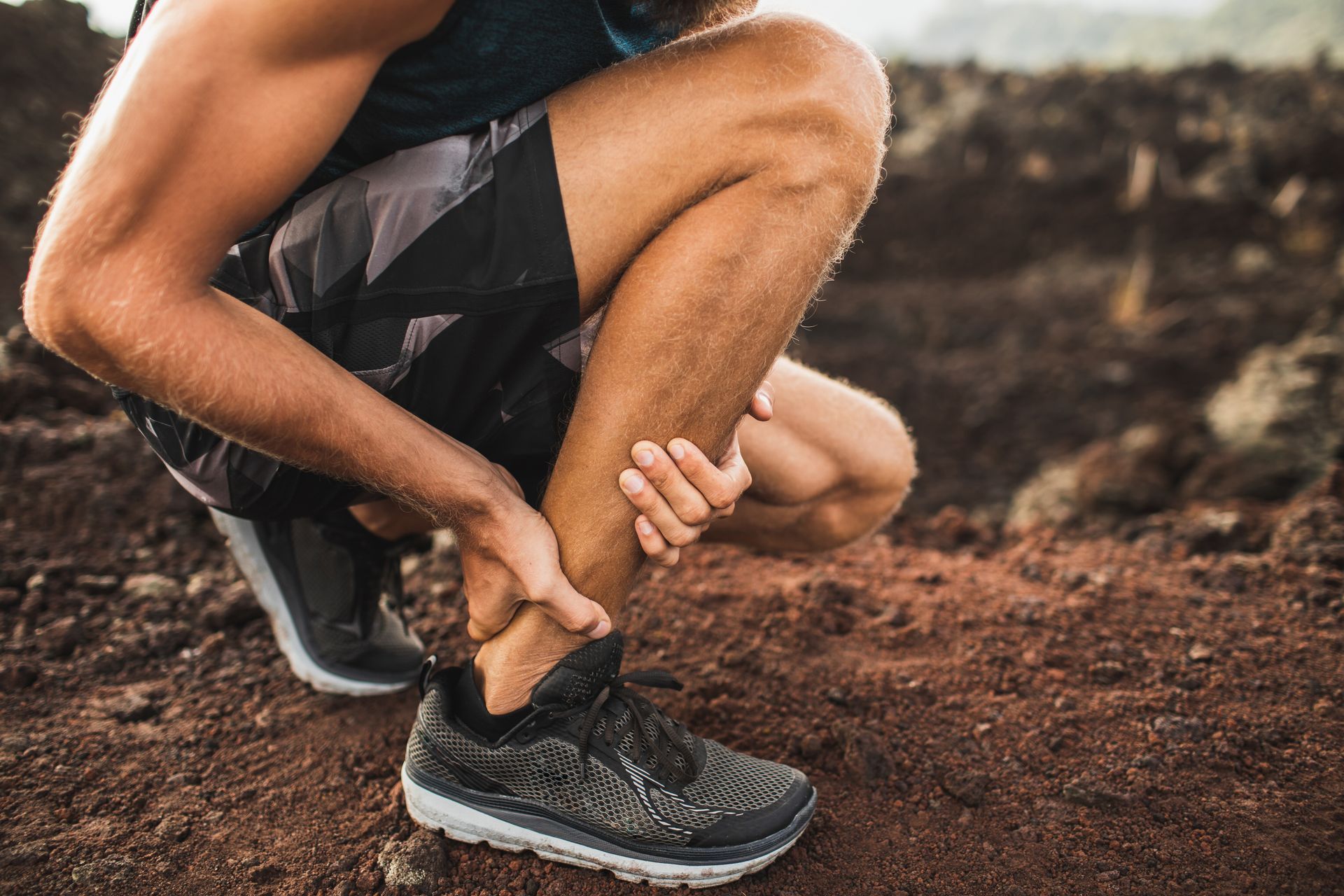If you are a runner, or even if you spend a lot of time on your feet, you know how painful blisters can be. One little bump is all it takes to ruin your day. Luckily, there are a few methods and techniques you can use to help prevent blisters and treat them if they do form so you can get on with your life.
HOW BLISTERS FORM
Runners know that friction is one of the main causes of blisters, but there is more to it. The two biggest culprits to blister formation are ill-fitting shoes and poor moisture control.
Shoes that are too big allow excessive movement for your feet, causing undue friction and irritation. On the other hand, shoes that are too tight will not only rub against your skin but also leave your feet gasping for fresh air and drowning in sweat—not a pretty mental picture, huh?
Your skin reacts to friction by producing a bubble of fluid in the form of a blister. In the case of too much moisture, sweat can clog up your pores, resulting in the same skin reaction.
While these are the most common causes, blisters can also form from frostbite, fungal and bacterial infections, allergic reactions, and other conditions.
BLISTER PREVENTION
Now that you know the causes, you have the first weapon in preventing their formation. While you may not be able to make yourself completely immune, there are a few ways to minimize friction and moisture to keep your feet as healthy as possible.
Proper fitting shoes should be your first go-to solution. Just like Goldilocks, your shoes need to be just right—not too big or too small. Shoes with adequate ventilation will give you the biggest advantage in preventing blisters.
Beyond shoes, foot powder and sweat-wicking socks are a great way to control moisture in your shoes. If friction is still an issue, two pairs of socks can help provide an extra cushion (as long as they don’t make your feet too hot). Foot powder is also great in preventing fungal issues.
If you are anticipating blisters, such as before a long run or if you can feel “hot spots” starting to form, preemptively applying bandages or moleskin to your feet can help you stay ahead of the game.
BLISTER TREATMENT
If blisters still form despite your best efforts, all is not lost. There are plenty of ways to minimize the impact it has on your feet so you can carry on with your day.
When a blister forms, try not to pop or drain it. Popping a blister essentially creates an open wound that can get infected if not kept clean. Sometimes, though, a blister pops on accident. If that does happen, make sure to keep the wound as clean and well ventilated as possible.
Moleskin—yep, the exact same kind you used to prevent blisters—is great for protecting blisters as well. Cut the material into a donut-like shape so that the blister fits inside the “donut hole”. If the blister protrudes extra high, you can add several layers of moleskin. The goal is to surround the blister so there is less direct pressure on it as you walk. Just be sure not to cover the blister itself because the adhesive could cause it to tear.
If you are consistently dealing with blisters and want professional advice or help, call or visit Ankle & Foot Associates to schedule an exam and we will happily give you treatment options to help you get back on your feet!


